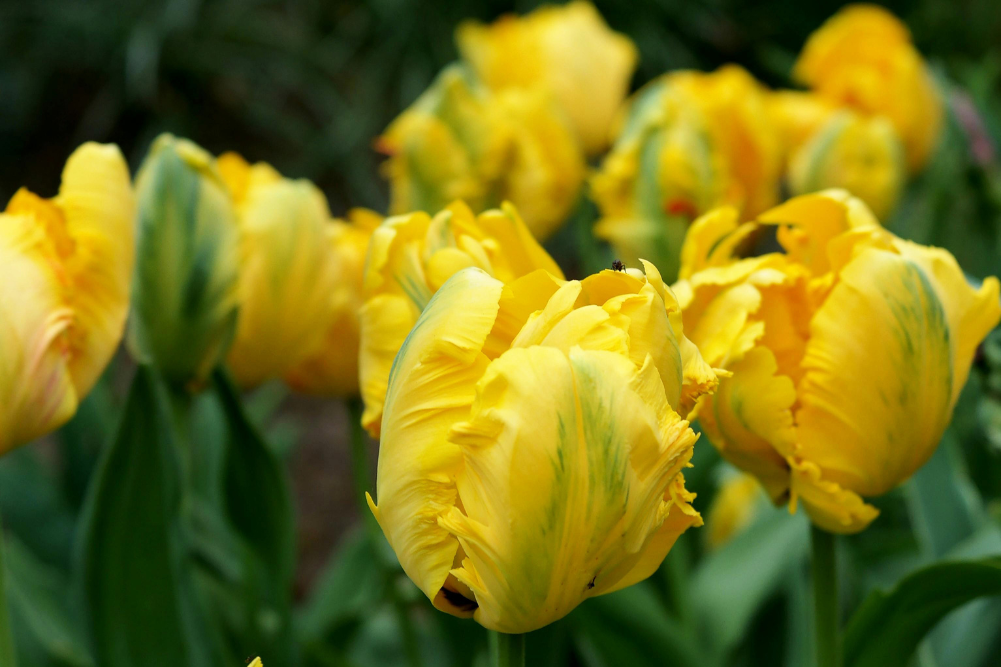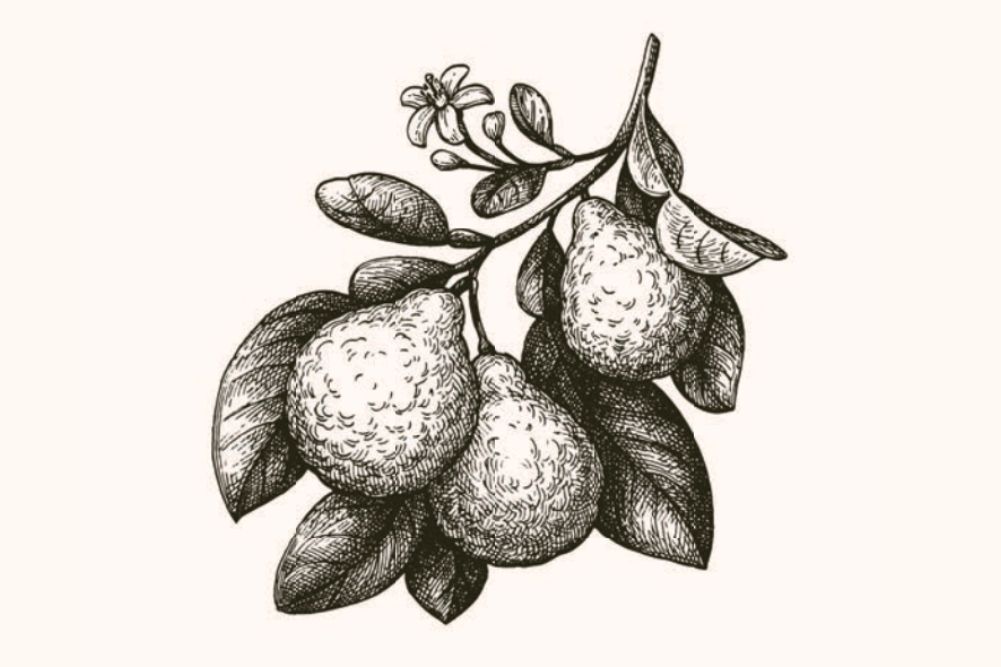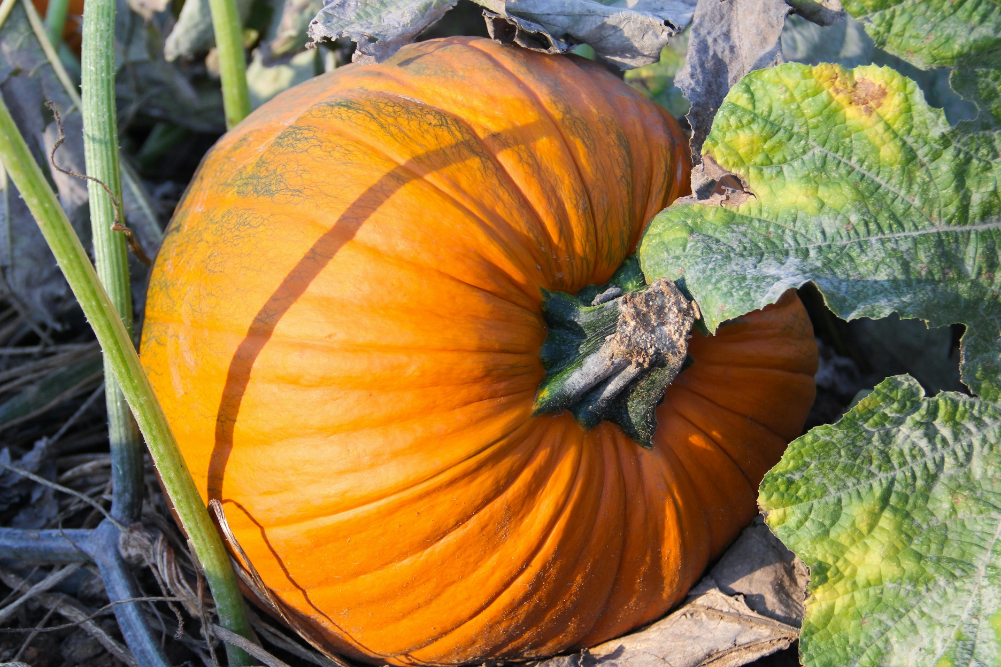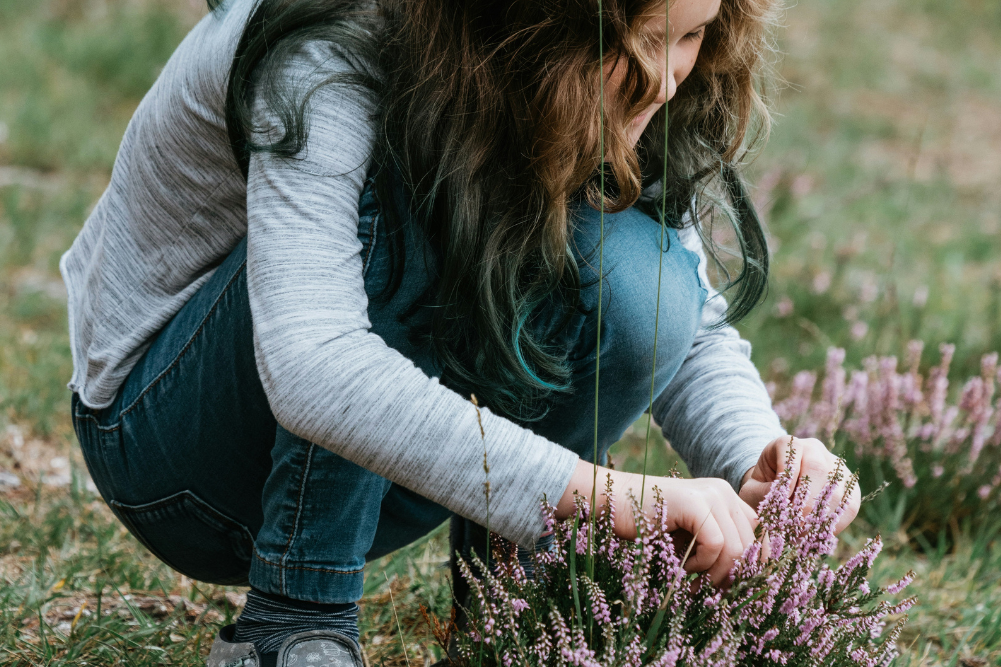Companion planting for your vegies
Companion planting in the vegetable garden can keep down pests, push out weeds and help feed your garden. It can also turn a plot of dull cabbages into a place of Beauty. The best way to keep pests from your vegetables (including those cabbage white butterfly caterpillars) is to disguise the veg – mix beans with the corn, and sunflowers with the parsnips and don’t arrange your plants in blocks. Pests identify their food either by its shape or by its scent. If you can disguise the shape or scent of your vegetables, you’ll cut down your pest attacks enormously.
Any inter-planting will change the silhouette of your vegetables. Think like a pest. If you want to stump a cabbage white butterfly, change the shape of your cabbages with tall celery or tomato bushes. Just consider the shape of the plant and how best to disguise it.
Flowers are excellent inter-planted throughout the garden; they are usually a different family from the vegetables and quite a different shape. Try flowers like marigolds, borage or nasturtiums – especially nasturtiums, which are mildly pest repellent as well as edible. While tall bushes of salvias and grevilleas will shade out veg and compete for water and food, if they are grown near rather than in your veg garden they’ll help repel pests and attract predators.
The more you inter-plant the better: the more you’ll disguise your plants, the more you’ll break up plants that are susceptible to the same diseases. Avoid straight rows. Straight rows are like a cafeteria for pests: they get a wonderful, clear view of every plant in your garden.
Most pests can be controlled by predators – the insects, birds, spiders and other beasties that feed on your pests. The best predators are the juvenile forms of nectar-eating insects, or birds that are attracted either by the nectar or by the insects around it. Surround your garden with predator-attracting shrubs: grevilleas and other natives (most predators that eat your pests are, after all, native too and like their blossom); buddleia and euryops – any shrub that is hardy and flowers through spring and summer.
Vegetable that have gone to seed – especially parsnips, brassicas and radishes – are the best predator-attractors I know. Let a few flower in your garden – they’ll also become ‘trap crops’, luring pests to lay their eggs on them, rather than on your seedlings.
Many pests seem to prefer gone-to-seed vegetables to lay their eggs on, too. This is possibly because the adult pest is feeding on the nectar of the seed/flower head. Let cabbages and other brassicas go to seed to protect young seedlings nearby. Chinese cabbage is an excellent trap crop, as it grows and goes to seed very quickly.
Companion planting can feed your vegies, too. Peas, beans, lupins, sweet peas and broad beans are all common nitrogen fixers. (Remember, though, it’s the bacteria associated with the roots that fix the nitrogen – you may need to innoculate seed with the right bacteria to start harvesting the nitrogen from the air into your garden). Wattle trees are nitrogen fixers too: they can be grown around the edges and their leaves slashed for mulch.
I find companion planting more effective than any herbicide. Try “digging” with radishes or turnips. Plant any bare spots between vegetables with turnip or radish seed. Both grow fast and survive fiercely hot summers and cold winters. When they go to seed they inhibit the germination of weed seeds. Water the garden well and pull them out – they’ll come out easily – then rake the soil level. You now have a garden that has been ploughed and weeded by radishes or turnips. If they have flowered they may well have attracted predators to eat pests, too, as well as “trapped” aphids or caterpillars.
Fill in bare spaces between veg with flowers, too, so that weeds can’t get a foot-hold (sorry – roothold). I find white alyssum, pansies, heartsease and calendulas the best with most veg, as they are too small to shade them out and don’t compete for water or food.
You can also use flowers to stop grass and weeds invading the edges of your garden. They act as natural barriers, rather than wood or concrete or plastic edges. Try a double row of belladonna lilies. These giant bulbs need to protrude slightly from the soil. They are perfect around the vegetable garden, about three or four deep. The flowers appear in mid-summer; the leaves grow in late summer and die down in spring. The large bulbs will still stop the grass invading – but not kikuyu where the long runners leap over barriers. I don’t know any companion that will keep out kikuyu – you need either above-ground beds or high solid barriers of brick, stone etc to do that.
A thick row of dahlia bulbs will also keep most grasses out of the veg garden. Dahlias die down in winter but, as with belladonna, the bulbs themselves will help keep out grass. Dahlia bulbs are deeper than belladonna bulbs however and, while they will keep grass out in spring, summer and autumn but they will not be as effective in winter. In cooler climates, where grass stops growing in winter, this won’t be a problem – and dahlias don’t grow well in subtropical climates or the tropics, except sometimes with enormous care in well-drained above-ground beds. Dwarf dahlias won’t shade your veg – they grow to only about 30cms. Taller ones will, though.
In frost-free areas, use a thick hedge of lemon grass or citronella grass, about half a metre of solid lemon grass. Use the leaves for tea; use the tender stems in cooking; weave everything from hats to mats to fragrant baskets with the leaves or even slash it for a weed inhibiting mulch.
But mostly, just throw out old ideas of neat rows of vegetables, bare earth and flowers in one bed, veg in another. Monoculture is a human invention – even natural grasslands are tens or thousands of different species, if you look at them closely. The earth loves flowers – or it does at this point in its history, anyway. Plant pansies between the onions, nasturtiums with cabbages, grevilleas and salvias for the birds and watch your garden bloom.
Jackie French is the author of The Chook Book (Aird Books). Her oldest chook, Gertie, is now 17. Although Gertie’s sisters have all long since fallen off the perch, Gertie still lays extremely large brown eggs most days of the year.







